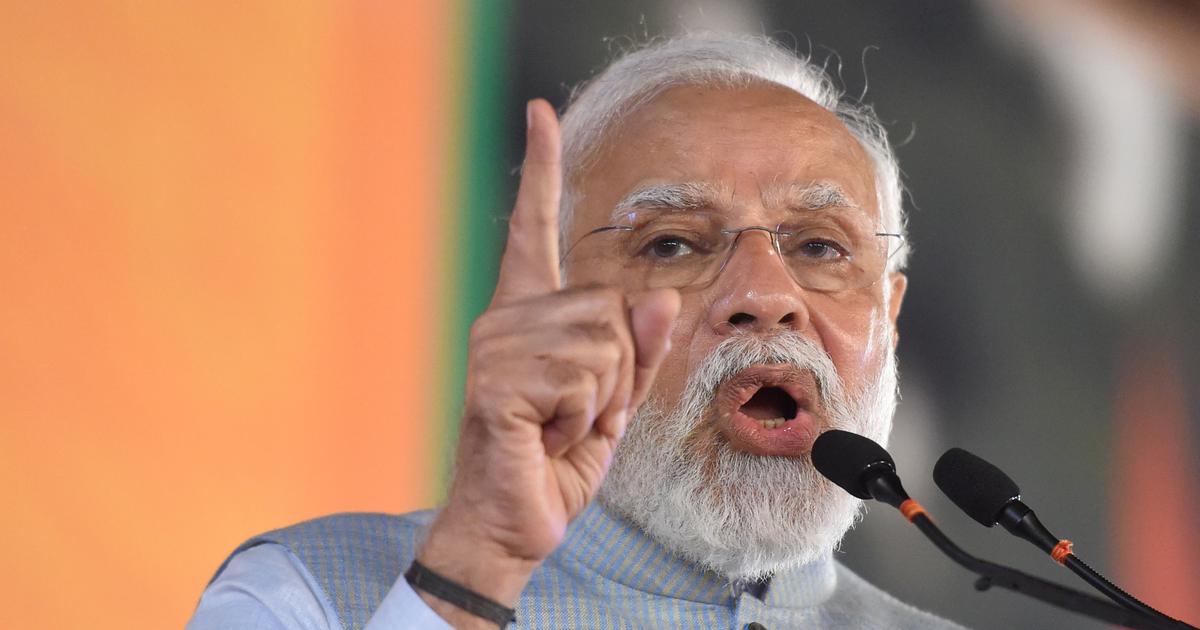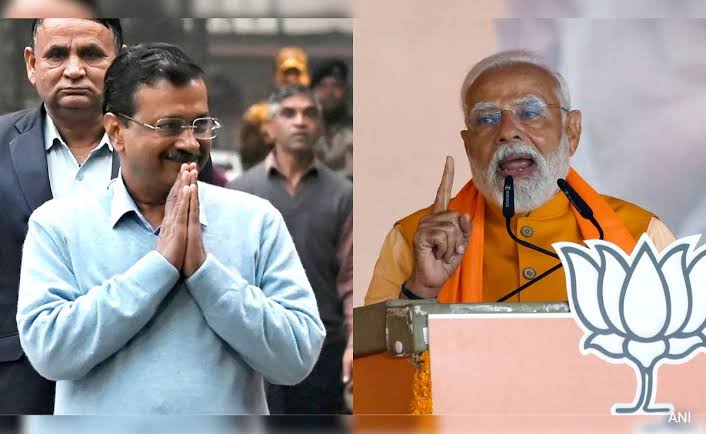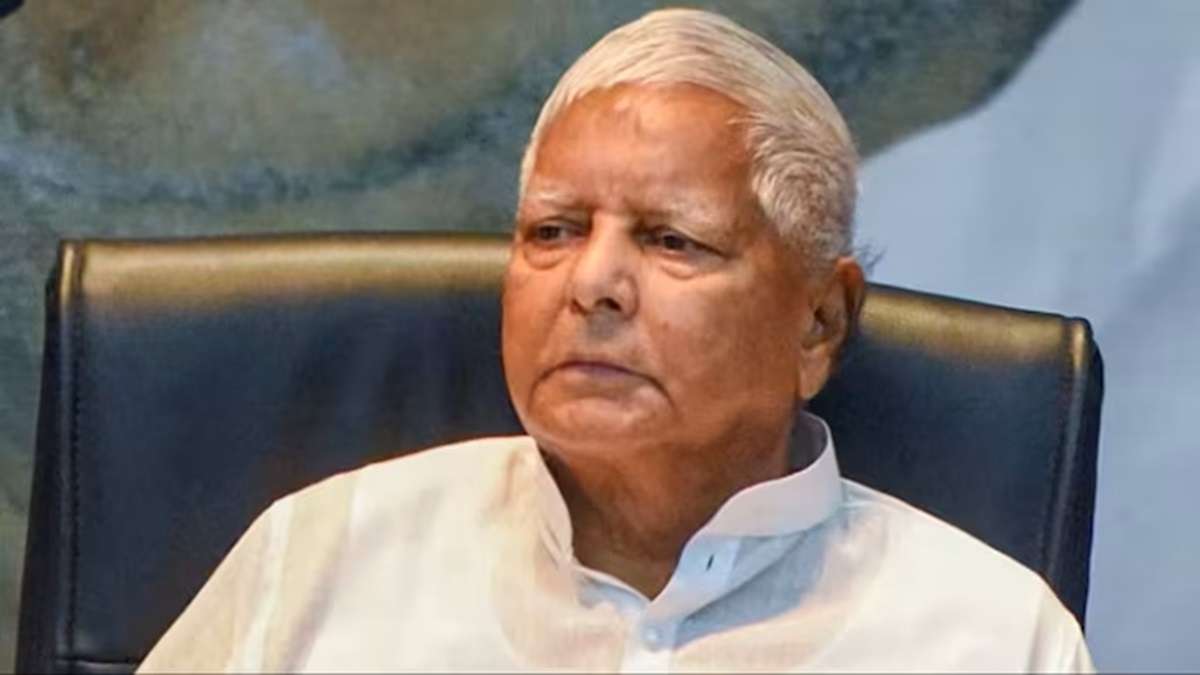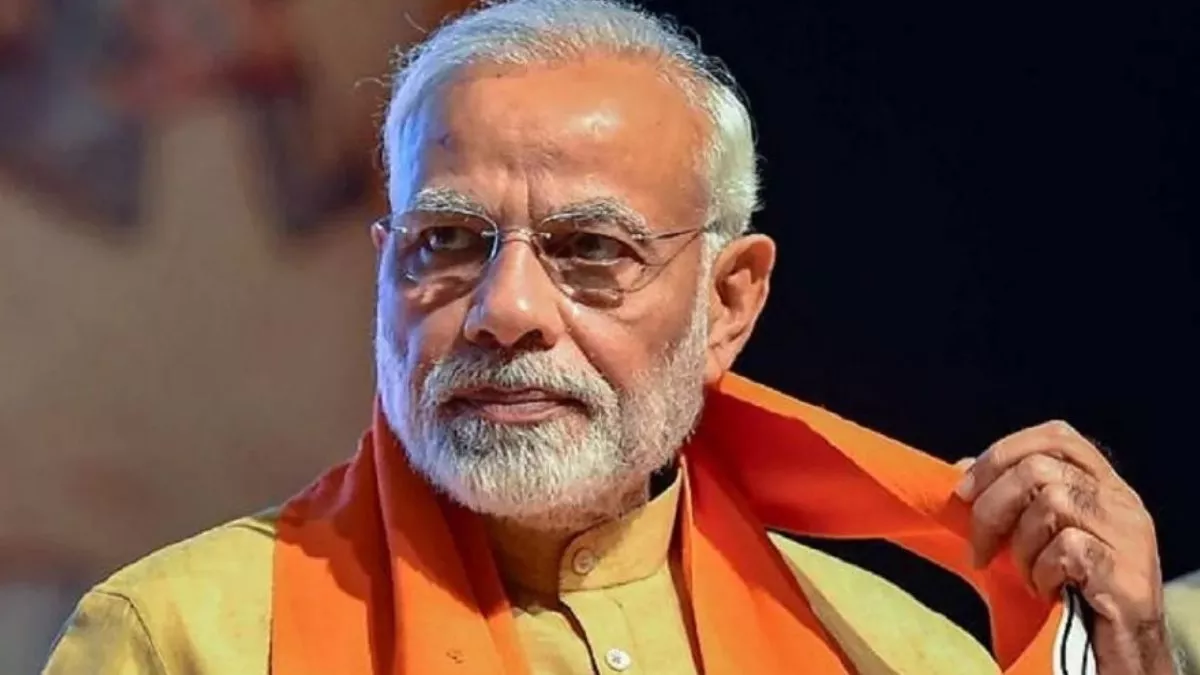 As votes were counted for the Lok Sabha polls on Tuesday, the National Democratic Alliance (NDA) hovered around the 292 mark, ensuring a third term for Prime Minister Narendra Modi. The resurgent opposition, however, exceeded the modest expectations set by exit polls, making significant gains.
As votes were counted for the Lok Sabha polls on Tuesday, the National Democratic Alliance (NDA) hovered around the 292 mark, ensuring a third term for Prime Minister Narendra Modi. The resurgent opposition, however, exceeded the modest expectations set by exit polls, making significant gains.
The BJP faced setbacks in India’s largest states, Uttar Pradesh and Maharashtra. In West Bengal, Mamata Banerjee’s Trinamool Congress secured a victory despite initial predictions of a heavy loss.
From the BJP headquarters in Delhi, Modi thanked voters, calling the win a “victory of the world’s biggest democracy.” Despite needing support from NDA partners, Modi celebrated the mandate that will allow him to lead India for another term.
Attention now shifts to BJP’s key allies, N Chandrababu Naidu and Nitish Kumar. Their support is critical for the NDA to form the government. Both leaders had previously left the NDA but are now pivotal in ensuring its majority.
The BJP’s major losses were in Uttar Pradesh and Maharashtra. In Uttar Pradesh, the Samajwadi Party (SP) led by Akhilesh Yadav stunned analysts by winning 36 seats to BJP’s 33, with Congress taking seven. Mayawati’s BSP failed to win any seats, with supporters tactically shifting to the SP.
In Maharashtra, the Maha Vikas Aghadi alliance, comprising Shiv Sena (UBT), Congress, and NCP (SP), outperformed expectations, dealing a significant blow to the BJP.
Notable election battles included the defeat of union minister Smriti Irani in Amethi by Gandhi loyalist Kishori Lal Sharma. In Thiruvananthapuram, Shashi Tharoor defeated BJP’s Rajiv Chandrasekhar. Rahul Gandhi won in both Wayanad and Raebareli, expressing confidence in a press conference about the mandate against Modi’s leadership.
Former Madhya Pradesh chief minister Shivraj Singh Chauhan was a standout winner, securing his seat by over 800,000 votes. Modi himself won in Varanasi, albeit by a reduced margin of 150,000 votes.
The election results spooked investors, causing a steep drop in stocks due to the anticipated reliance on regional parties, which may introduce uncertainty into policymaking. Analysts suggest this could challenge Modi’s previously authoritative governance style.
Modi’s campaign focused on his achievements over the last decade, later targeting Congress with accusations of favoritism, which the opposition denied. The opposition emphasized affirmative action and protecting the Constitution, alongside addressing voter concerns about unemployment and inflation.
The seven-phase election saw around 642 million voters, including a record 312 million women, casting their ballots across more than 1 million polling stations, despite the sweltering summer heat.
According to India’s first-past-the-post multiparty electoral system, a party or coalition needs at least 272 seats to secure a majority.


 As votes were counted for the Lok Sabha polls on Tuesday, the National Democratic Alliance (NDA) hovered around the 292 mark, ensuring a third term for Prime Minister Narendra Modi. The resurgent opposition, however, exceeded the modest expectations set by exit polls, making significant gains.
As votes were counted for the Lok Sabha polls on Tuesday, the National Democratic Alliance (NDA) hovered around the 292 mark, ensuring a third term for Prime Minister Narendra Modi. The resurgent opposition, however, exceeded the modest expectations set by exit polls, making significant gains.

